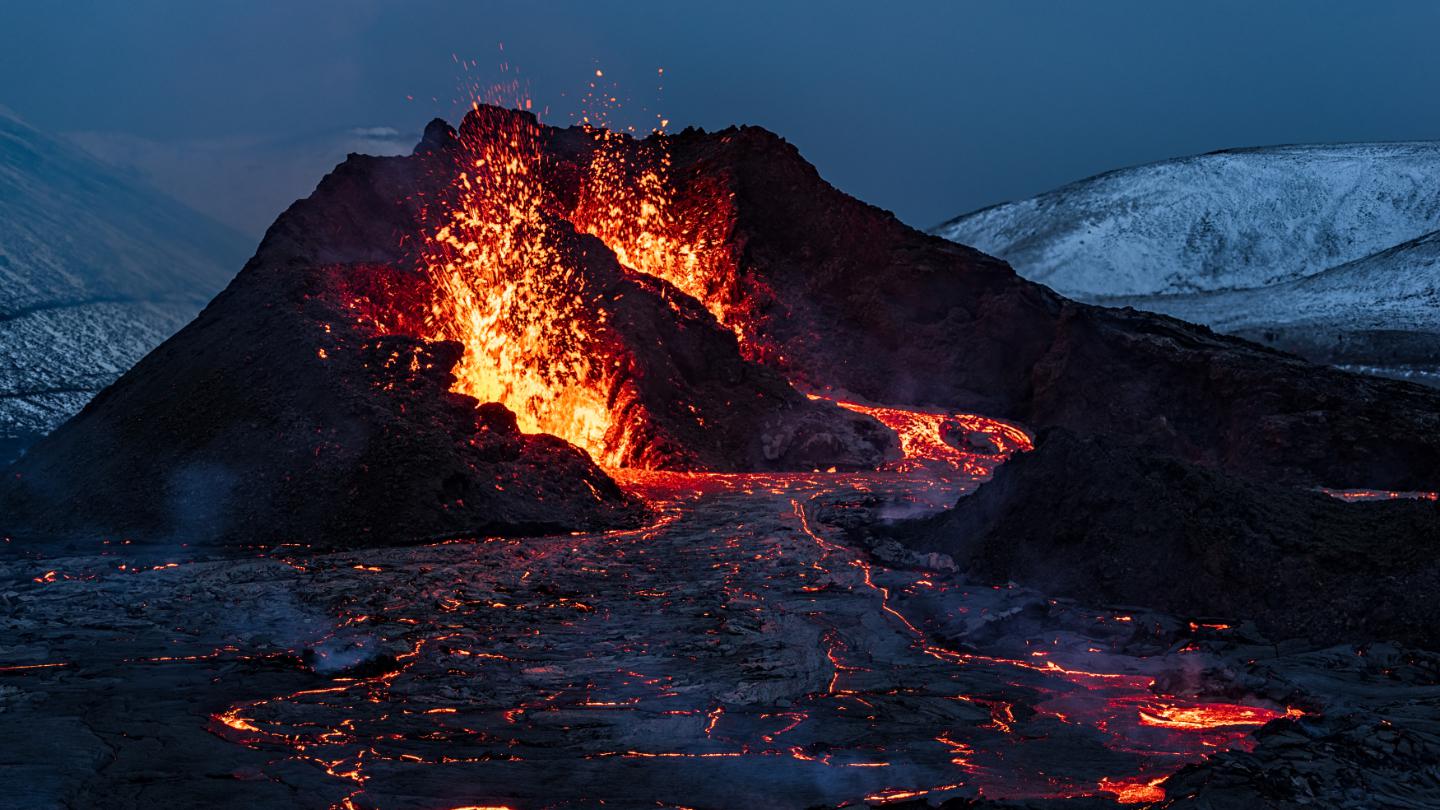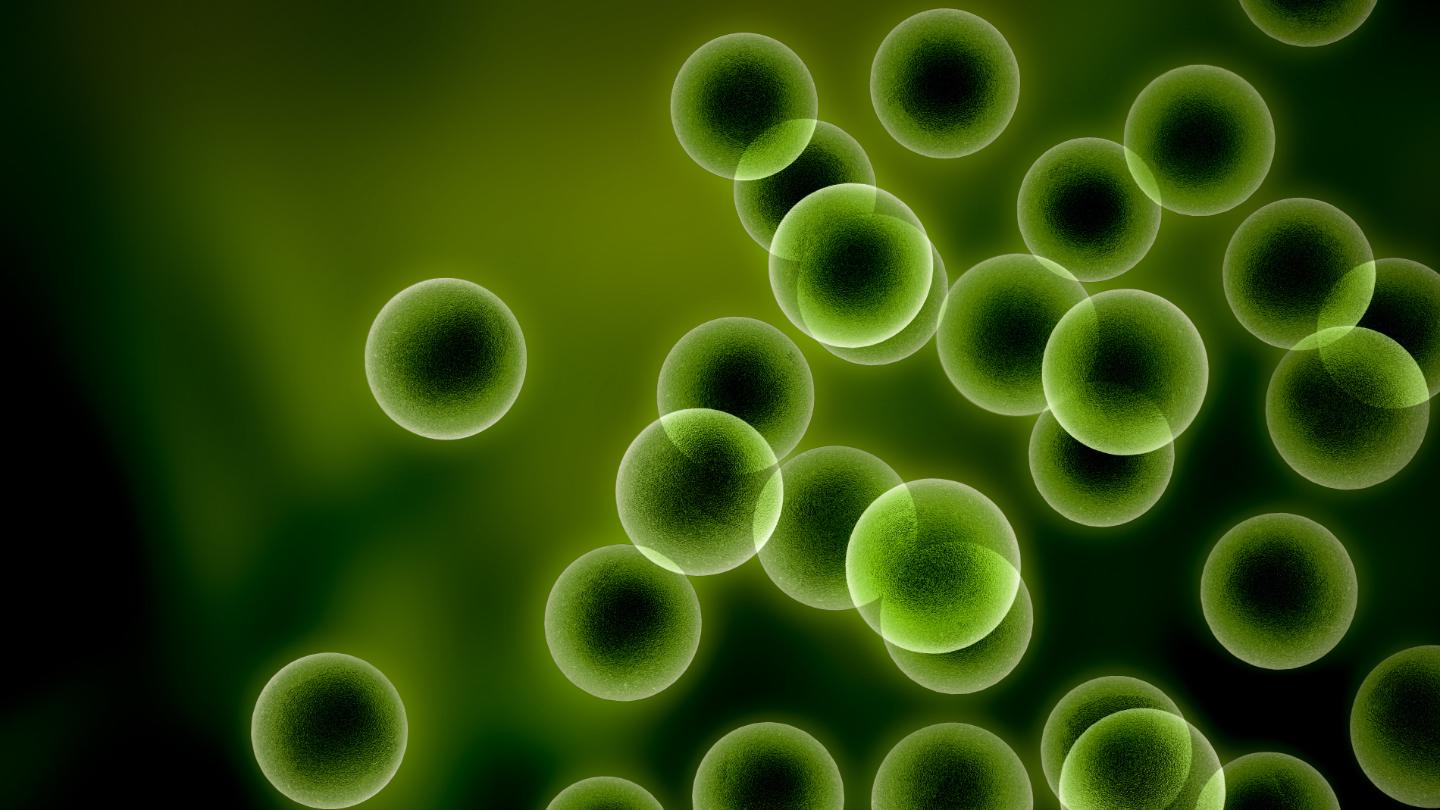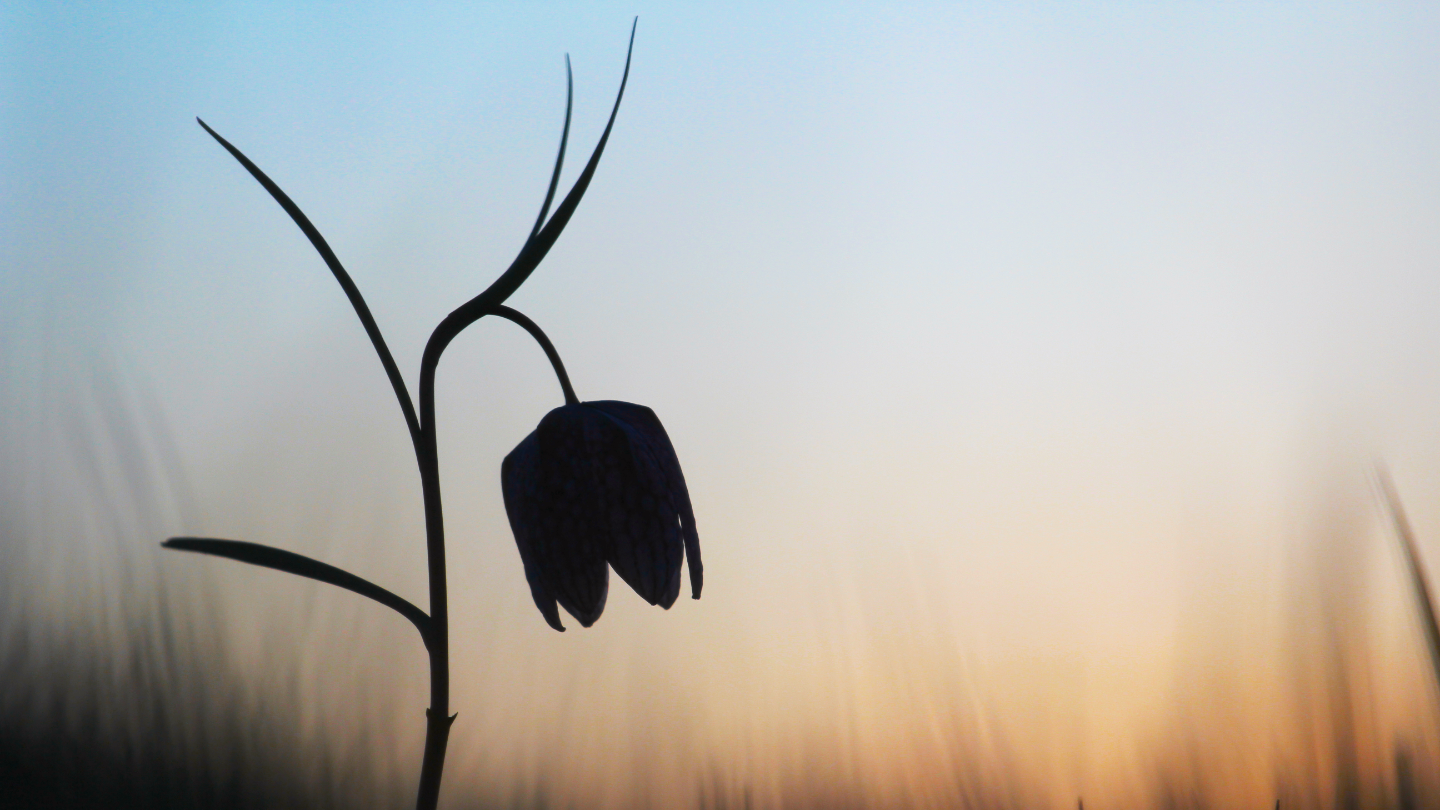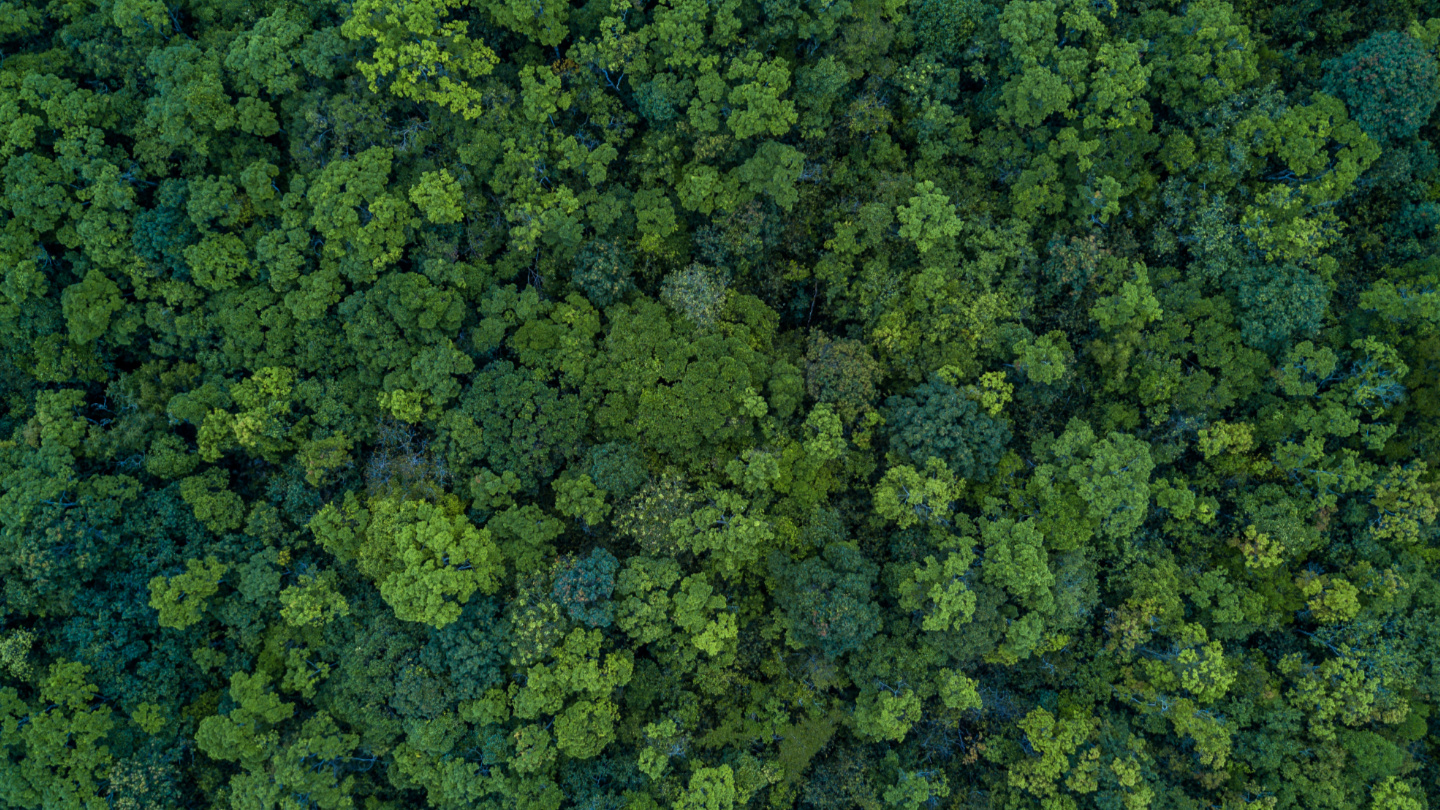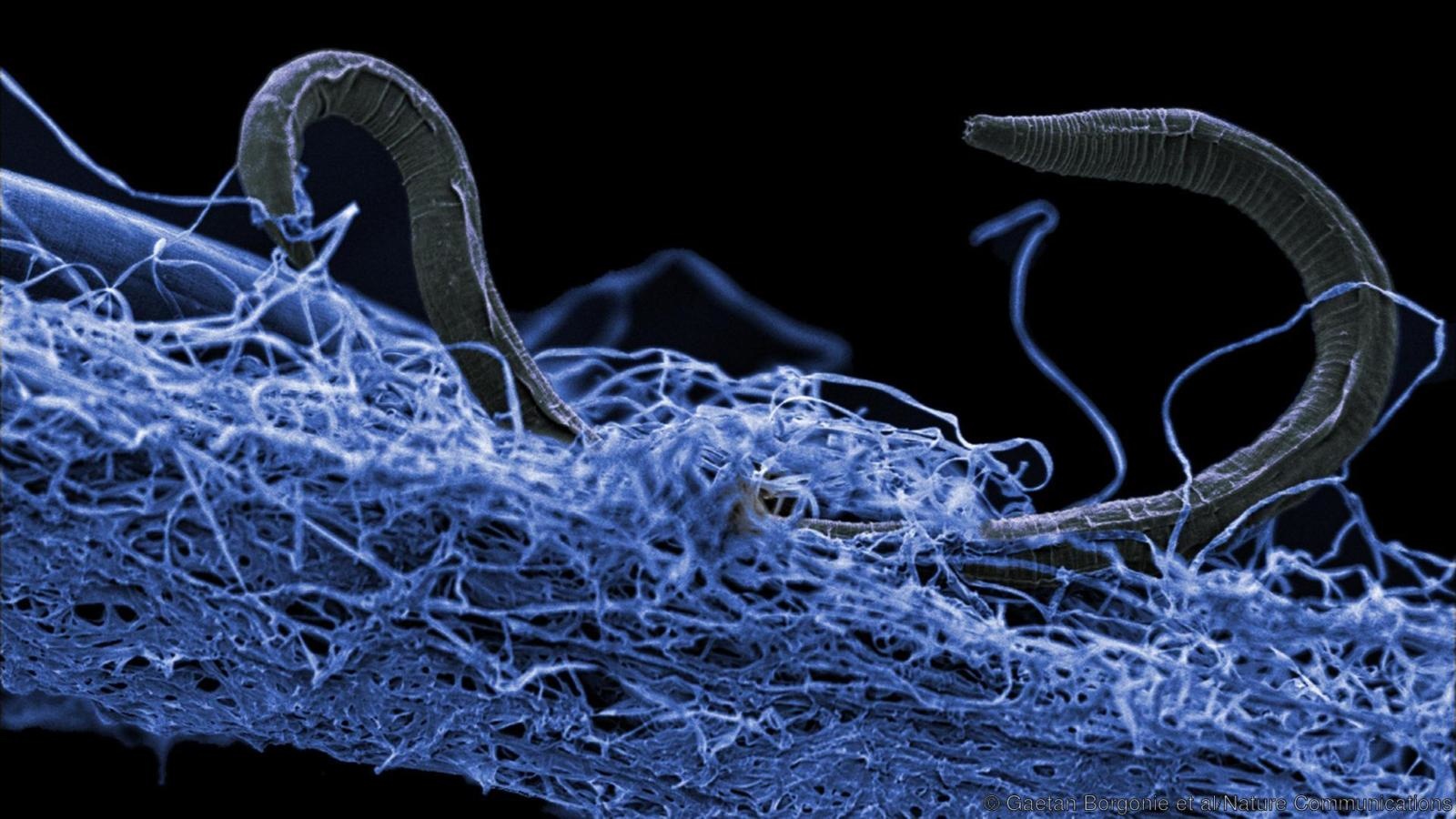biosphere
Scientists track down a puzzling early burst of oxygen on Earth.
Roughly the size of a thumbnail, this newly discovered toadlet has some anatomical surprises.
The size of rabbits and hares has long been evolutionarily constrained by competitors roughly their size.
The organisms were anchored to a boulder 900 meters beneath the ice, living a cold, dark existence miles away from the open ocean.
How do these little beasties detect light anyway?
Exceptionally high-quality videos allow scientists to formally introduce a remarkable new comb jelly.
Researchers document the first example of evolutionary changes in a plant in response to humans.
A 71% wet Mars would have two major land masses and one giant ‘Medimartian Sea.’
Avocado evolved in the warming climates of Central America during the Neogene period, roughly 10 million years ago.
The planet that we are searching for is a little bit smaller and closer than we originally thought.
▸
4 min
—
with
Maybe you’ve been wondering if you’re seeing one persistent squirrel or a rotating cast of characters.
The impact of giving up is exactly the same as the impact of denying climate change.
The 385-million-year-old fossils show that trees evolved modern features millions of years earlier than previously estimated.
Some scientists think there may be a hidden, second form of life living right under our noses.
Determining whether human nature is short-sighted when it comes to survival-necessary situations
Contrary to popular belief, the Amazon rainforest does not produce 20% of our planet’s oxygen.
They experience reality differently than we do.
The loss of elephants accelerates climate change.
It’s made from Chernobyl water and rye. What could possibly go wrong?
A new study lays out a green (very green), data-driven plan to capture much of our atmosphere’s carbon pool.
Here are just two of the practical and philosophical crises surrounding biodiversity breakdown.
▸
3 min
—
with
2018’s winter was particularly harsh on U.S. honeybees. What’s causing bee populations to plummet, and what can we do about it?
A completely unexpected discovery beneath the ice.
More farm space equals more carbon.
Researchers find an amazing amount of often-weird forms of life below the planet’s surface.
A trio of scientists from Harvard hopes to do this in 2019.
It has experts baffled.
A new paper in Nature adds urgency to the fight against climate change.
